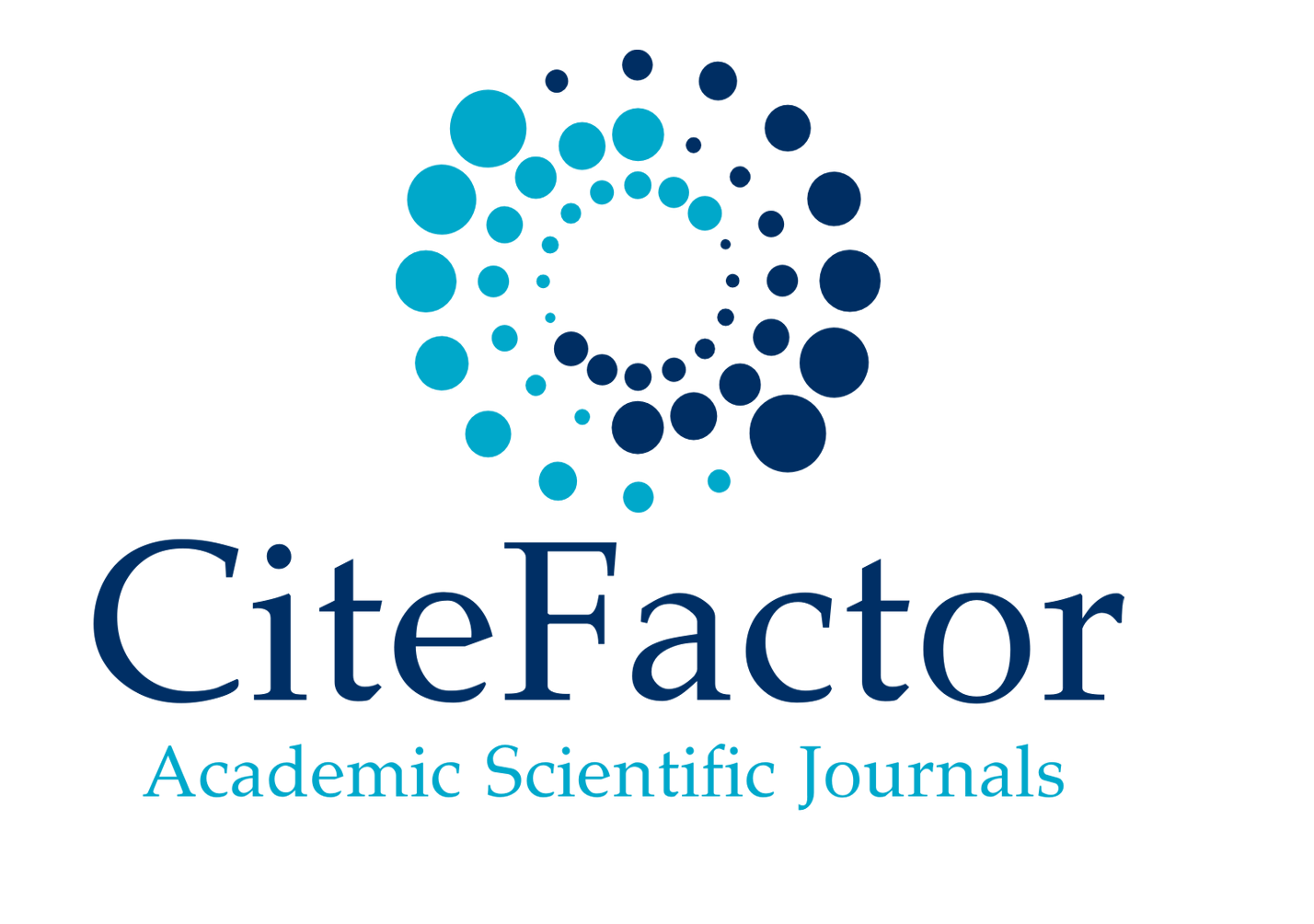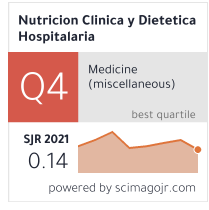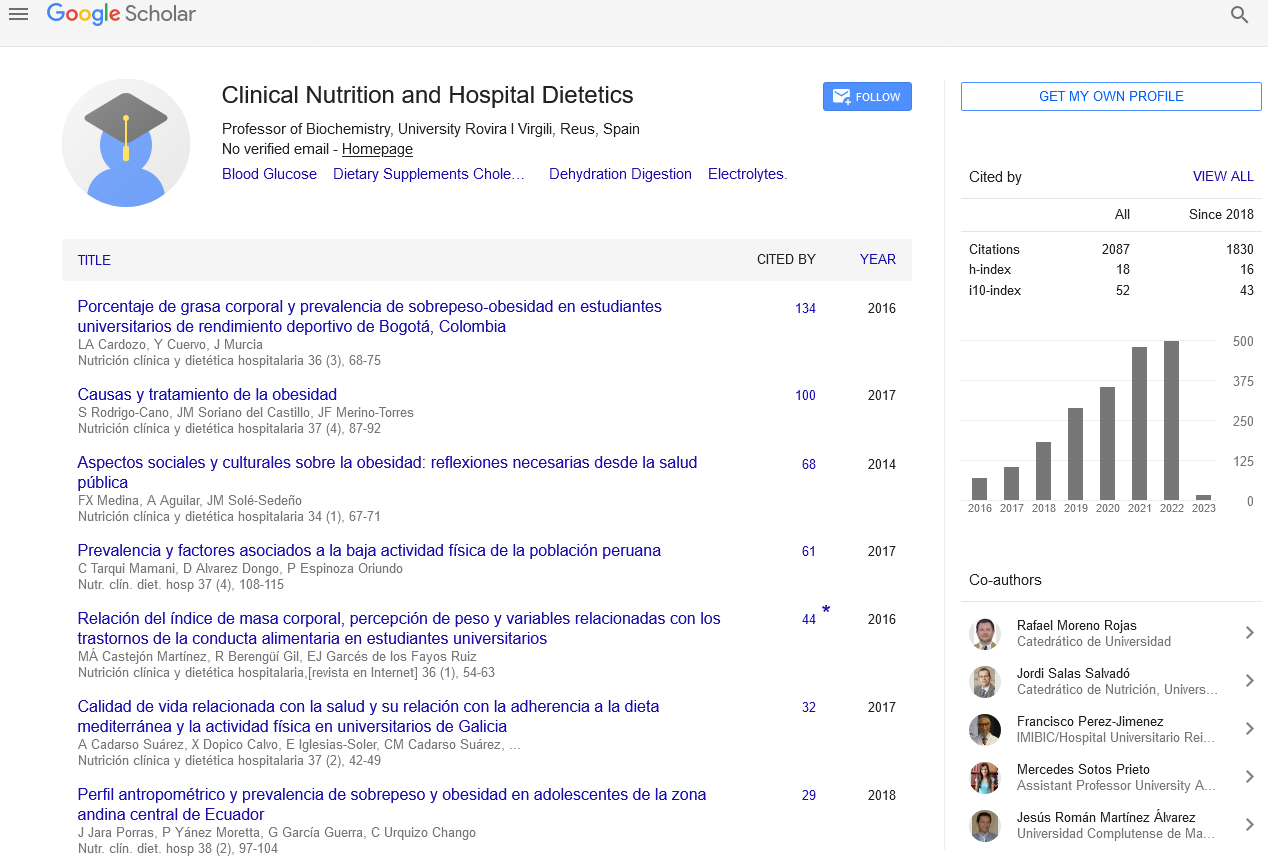Abstract
Polymorphism rs4998 of the ADRB3 gene and its relationship with the body mass index
Author(s): León, Francisco Javier1; Pérez Forero, Viviana Lucía1; Hernández Mateus, Luisa Fernanda2; Herrera Celis, Javier Orlando3; Gil Zapata, Adriana María1; Pico Romero, Adriana Lucía1
Introduction: At 2007 in Colombia it was estimated that a portion 56 % from the adult population was obese, a condition that is considered a public health problem with implications in the development of coronary heart disease.
Objective: Determine the distribution of allelic and genotypic frequencies and the relation of the polymorphism rs4998 of the ADRB3 gene with the Body Mass Index in a population of teachers and administrators of an university institution in Colombia.
Methods: DNA extraction was carried out by a commercial method, for specific DNA amplification, specific primers not labeled with fluorochromes were used, fragments obtained were purified by SAP and EXOSAP enzymes, and finally minisequencing was performed in the ABI PRISM 310 and later electropherogram reading. The analysis of the sociodemographic variables was performed using univariate methods and bivariate methods using significance tests such as: Pearson’s Chi2 test and Fisher’s exact test. Logistic models were used to evaluate association.
Results: The genotype frequencies found were 0.96 GG, 0.014 CG and 0.020 CC. The allele frequencies were 0.027 C and 0.973 G. The sample was found in Hardy-Weinberg equilibrium with Chi2 = 81.153 (1) (p = 0.000) and the population structure was calculated by means of the Fst test = 0.743.
Discussion: Finding the population in Hardy-Weinberg equilibrium, indicates that individuals were mixed randomly. The coefficient of inbreeding or statistical Fst, is very close to one, which indicates that the population has a high structure or genetic differentiation and there is fixation of the mutated allele G. This could obtain false associations with the pathology of interest.
Conclusion: The frequencies obtained in this study do not fit the proposed gene models for association studies, therefore, it is recommended to increase the sample size for future researches or to propose case-control studies.
Google Scholar citation report
Citations : 2439
Clinical Nutrition and Hospital Dietetics received 2439 citations as per google scholar report
Indexed In
- Google Scholar
- Open J Gate
- Genamics JournalSeek
- Academic Keys
- JournalTOCs
- ResearchBible
- SCOPUS
- Ulrich's Periodicals Directory
- Access to Global Online Research in Agriculture (AGORA)
- Electronic Journals Library
- RefSeek
- Hamdard University
- EBSCO A-Z
- OCLC- WorldCat
- SWB online catalog
- Virtual Library of Biology (vifabio)
- Publons
- MIAR
- Geneva Foundation for Medical Education and Research
- Euro Pub
- Web of Science
Journal Highlights
- Blood Glucose
- Dietary Supplements
- Cholesterol, Dehydration
- Digestion
- Electrolytes
- Clinical Nutrition Studies
- energy balance
- Diet quality
- Clinical Nutrition and Hospital Dietetics




